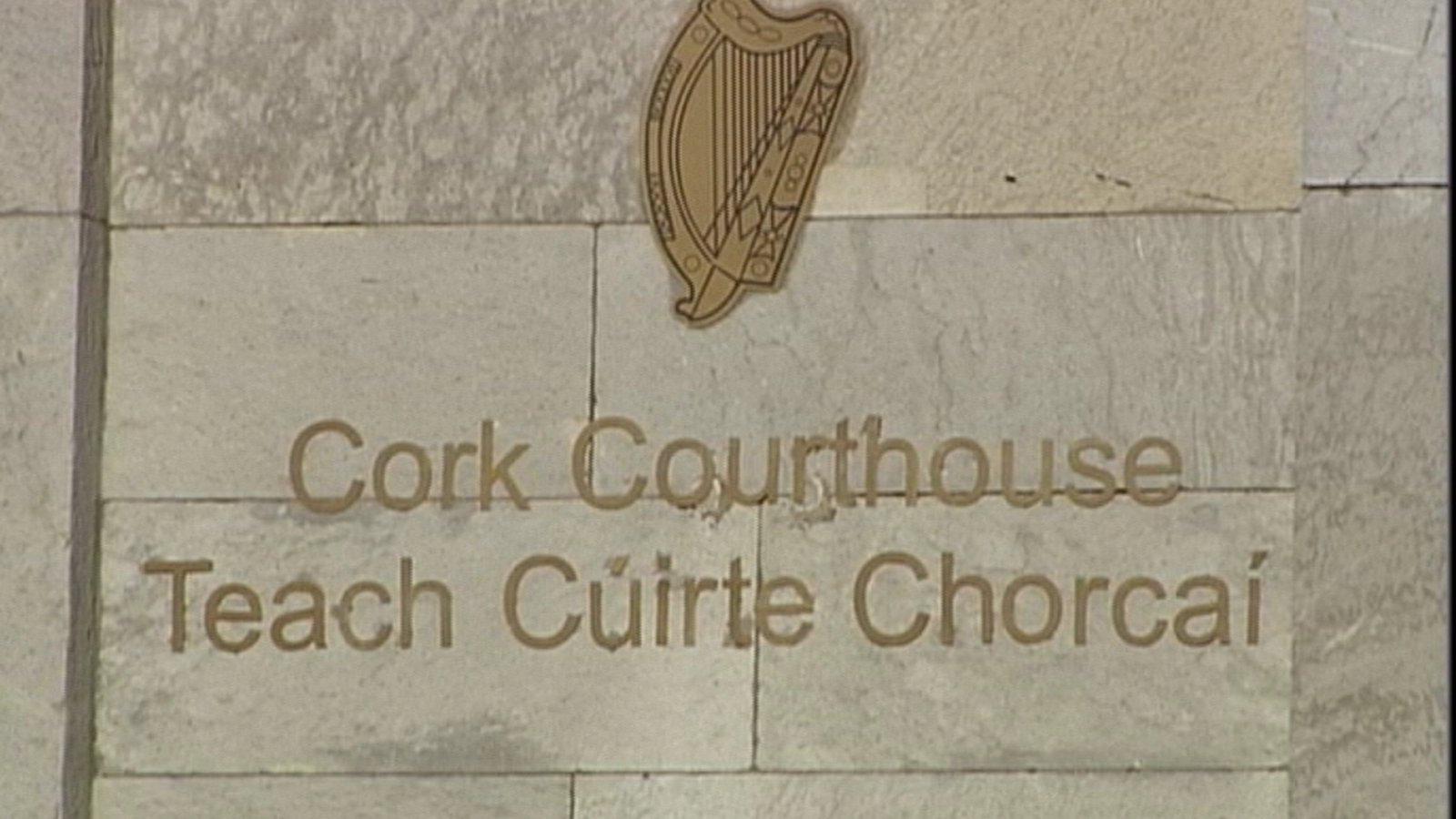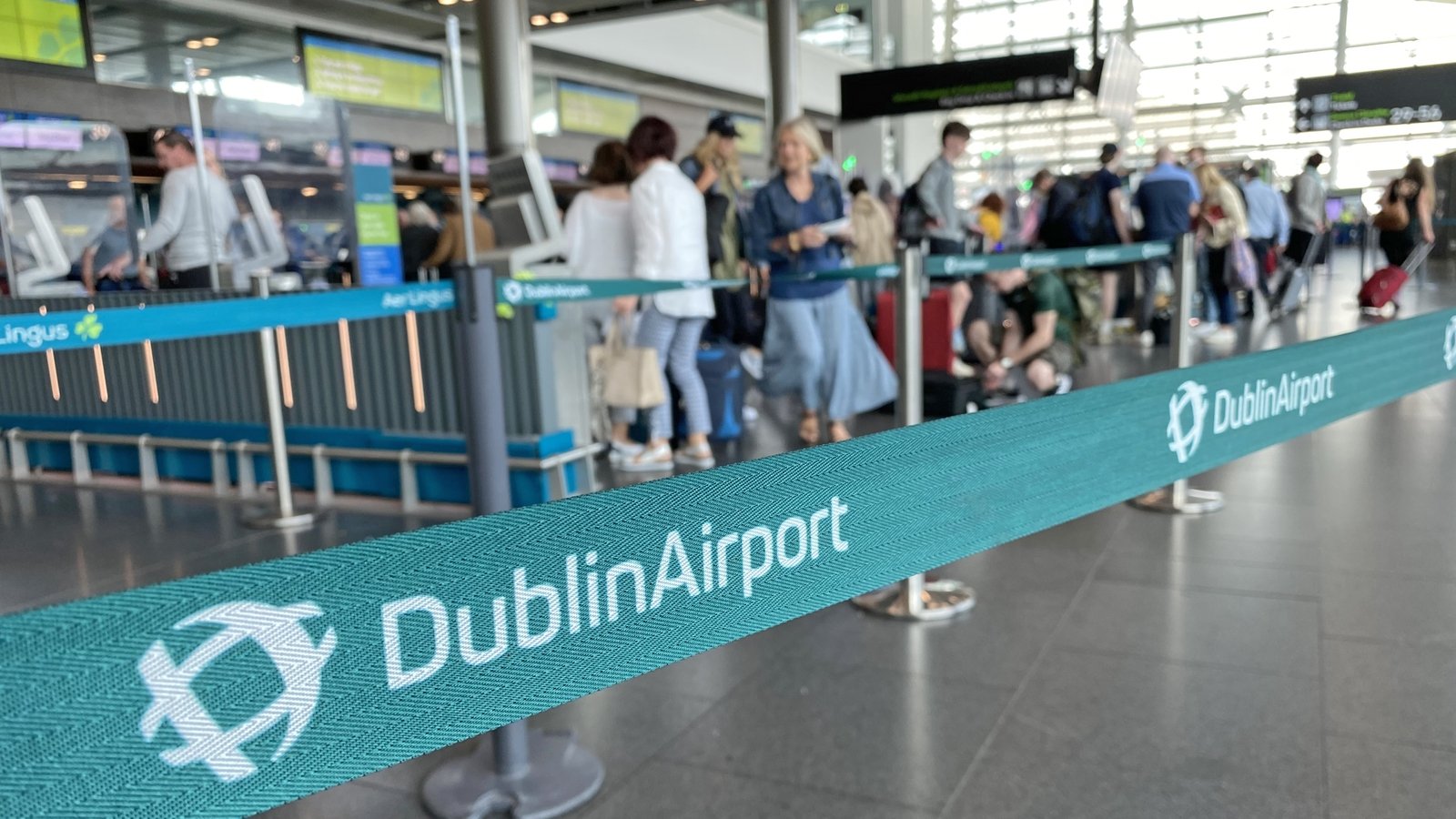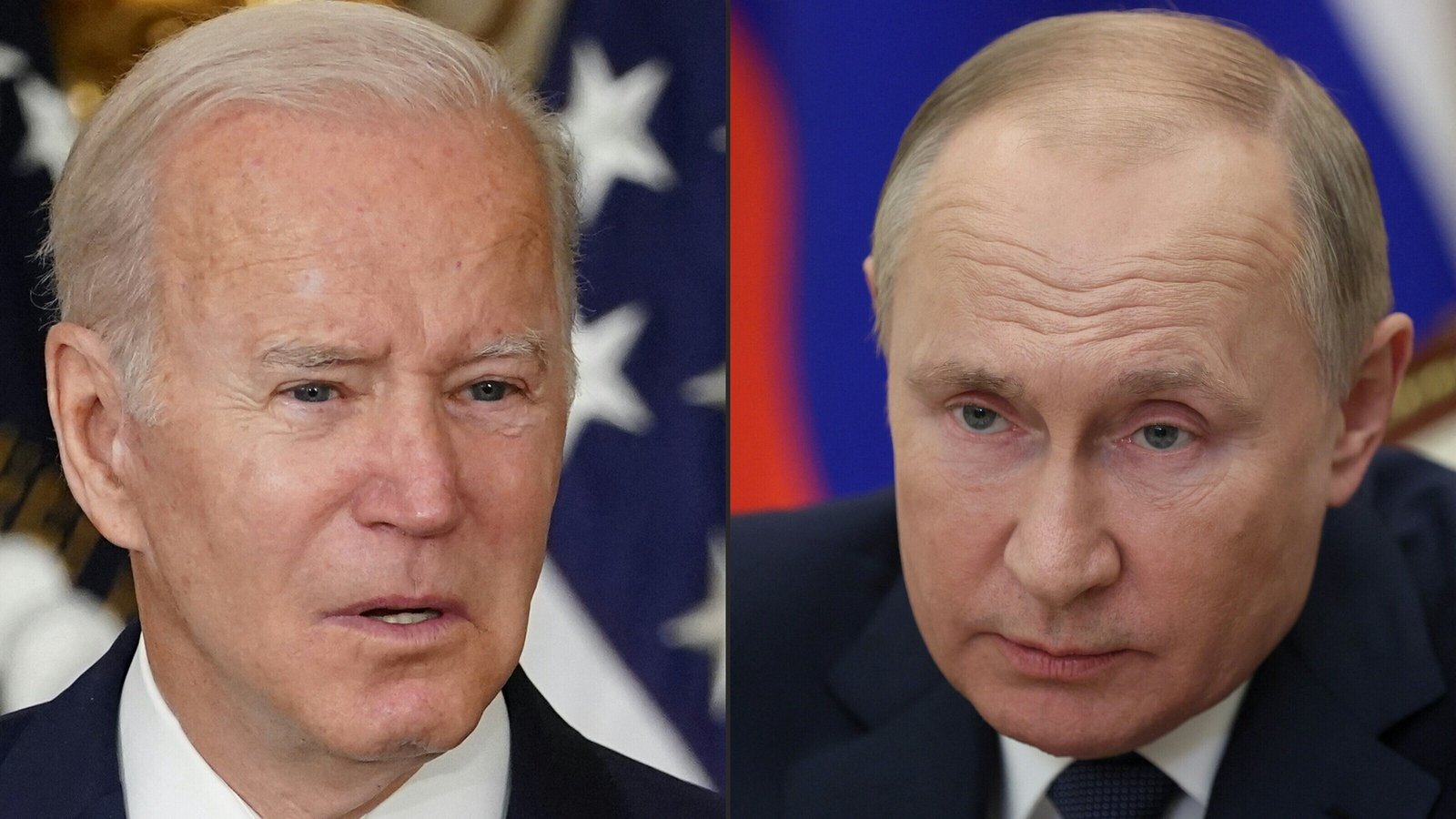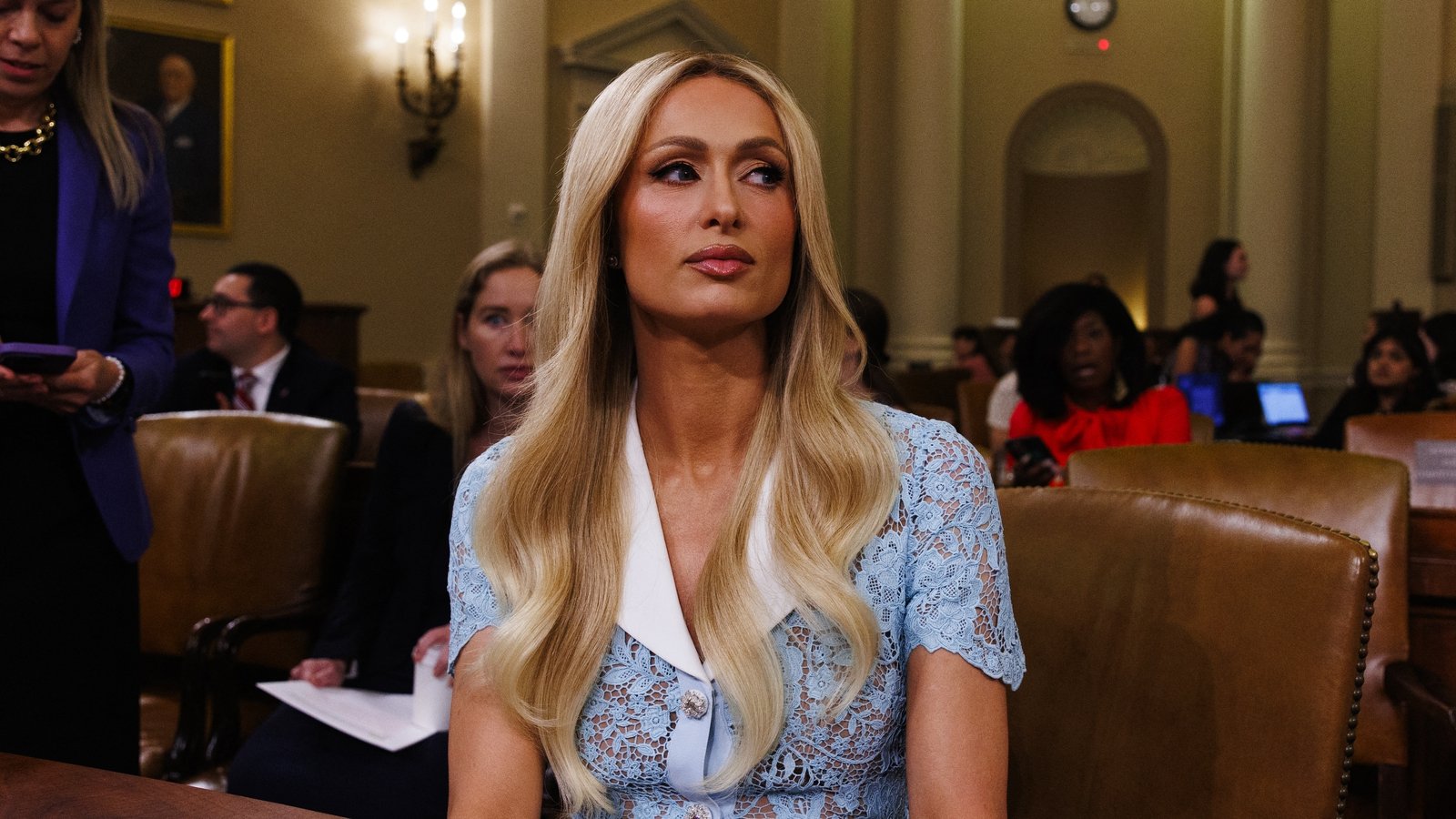Race for the White House hangs in the balance
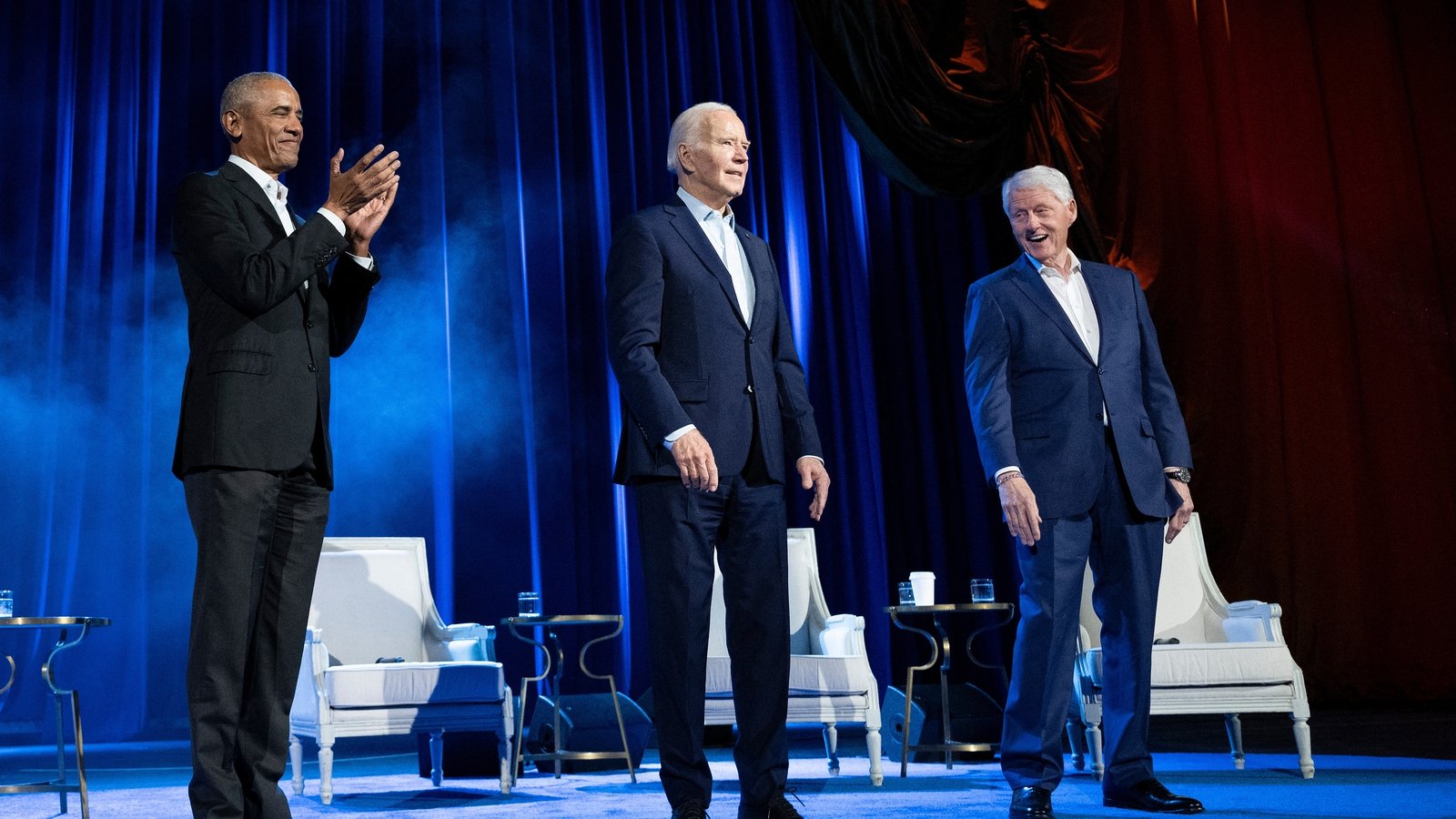
Thursday night’s Democratic Party fundraiser for Joe Biden’s re-election campaign was notable for three reasons: party unity, with three Presidents on one stage; the amount of money it raised; and the intrusion of Gaza protests.
The latter were not large, either on the streets outside, or in the shape of the hecklers inside (at a minimum ticket price of $250 in a 6,000-seat concert hall it was always going to be difficult to make much noise).
The small scale of the protest probably reflects the salience of the issue in US politics – unsettling but not enough to call out big protests. Especially when weighing the risk, from a Democrat point of view, of undermining their own candidate and handing the election to the Republicans.
But it doesn’t have to be a big protest movement: the election arithmetic is so tight that a small protest movement, in a couple of key demographics, in just three or four states could see Donald Trump win enough electoral college votes to return to the White House in January.
Hence the need to display party unity, to rally the Democrats to their candidate and prioritise winning against Trump over all else.
Party spin doctors made much of the presence of the three living Democrat Presidents on stage together, contrasting it with Trump: only one Republican former President is still alive – George W Bush – and he has not endorsed Trump.
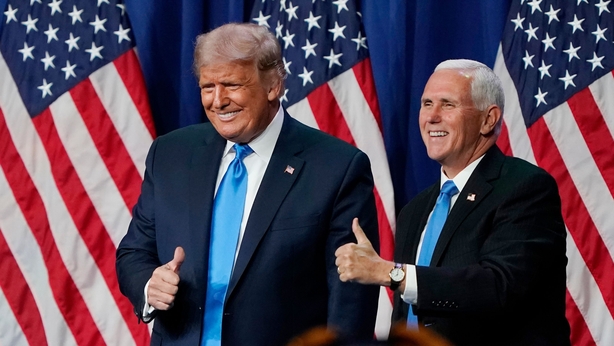
Neither has his former vice President Mike Pence. Indeed, it appears that of all the living Republican nominees for President or Vice-President, only one has endorsed Trump – Sarah Palin.
Not that the absence of endorsements seems to be damaging Trump’s campaign so far.
Biden on the other had does need help to gain momentum in the campaign, and the active support of two ultra-political animals like Clinton and Obama – both highly accomplished communicators – is seen as a positive for a president that is adrift in the polls.
The other positive is the haul of cash – the Democrats say the night raised more than $26 million, 95% of it from small donors, not the very wealthy big money donors who paid half-a-million each for their tickets (and got a celebrity portrait with the three Presidents shot by star photographer Annie Leibovitz).
Biden joked at a reception for the big money people the day after, “I bet some of you are wondering why you had to pay so much”. Others joked that these are the same people whom Biden is trying to raise tax rates on.
Biden has so far been way more successful than Donald Trump in raising funds for the coming campaign.
His Thursday night haul was more than Trump bagged in the whole of February.
The big money is flocking to Biden. Is it the smart money? We’ll have to wait until 6 November to find out (and probably a bit longer while the appeals and recounts run their course).
We still have seven months to go to the general election. It’s plenty of time for campaigns to pick up momentum – or become derailed by events.
Most political operatives are firmly of the view that the public doesn’t begin to focus on the actual choice until after the summer, when the conventions will have happened, and the two candidates will formally be installed, and the actual starting gun on the race fired.
Hence, they tend to downplay the significance of opinion polls at this stage of the game. Especially if their candidate is polling badly, like Joe Biden is.
And there are plenty of reasons for not reading much into any single poll, attempting to extrapolate how a diverse and widely dispersed population of 340 million is thinking based on a sample of a thousand people in a country that is sick of answering junk-calls on their phones.
That is why aggregation polls – combining data from multiple samples and tracking over time – may give a better indication of opinion. But there are still many caveats around them.
With that in mind, lets plunge into the numbers, starting with “The Hill” – the Daily newspaper of political Washington, which has an aggregate of 616 polls from January of last year, to last Wednesday, showing Trump with a 1.2% lead over Biden. Which is within the margin of error (to say the least!).
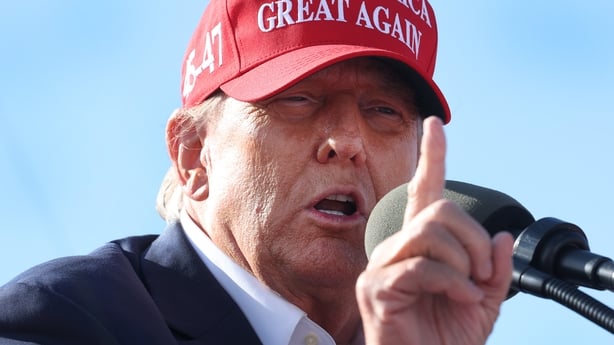
At the start of the series – which has shown a remarkably close race over time between the two men – Biden had a lead of five points over Trump, but the former President took the lead last summer.
It changes hands several times since.
Biden did badly when Trump’s campaign ratcheted up in the autumn, but he appears to have benefitted from Trump’s crushing victories in the early primary elections.
Since the start of February Biden has been closing the gap, picking up momentum among voters who may not like him, but who have now seen Trump actually become the Republican nominee.
The race is no longer theoretical; decisions have to be made by the voters. A strong State of the Union speech also gave him a bounce.
Biden’s big problem is that he has to come from a long way behind in terms of voter approval.
The Hill’s aggregate poll of 1,161 approval/disapproval polls shows a very stable pattern of voter approval in the low 40% range, but a disapproval rating increasing from 51% to 57% since the start of 2023.
The polling site FivethirtyEight (owned by ABC television, part of Disney corp.) has tracked Biden’s approval ratings since he took office.
Voters had a net favorable opinion of him up until the disastrous withdrawal from Afghanistan in august 2021. He has not recovered since.
The site also shows his net approval rating of minus sixteen percentage points after 1,165 days in the job.
It contrasts this with the approval rating of every other post-World War II president at the same stage of their presidencies: Biden has the worst net approval rating.
George Bush senior had a rating of minus 10.2% on day 1,165 of his presidency, and went on to lose the election that autumn to Bill Clinton.
Donald Trump was sitting on minus 4.7% at this stage, and lost the election to Biden.
Jimmy Carter was on minus 3.9% and lost the election to Ronald Reagan. In turn, Reagan had a net approval rating of plus 15.4% after 1,165 days in office, Bill Clinton plus 13%, Obama plus 4.6% and Bush junior plus 3.2%. They all went on to win second terms.
It’s hard to put a finger on any one cause of Biden’s poor approval polling: it’s certainly not Gaza – he has been well under water for more than two years: Gaza is just another weight on his belt keeping him there.
But the election will not be won on a national vote – it will be won in 50 elections in individual states to select delegates to the electoral college. And the voting pattern means there are only really half a dozen or so competitive “battleground states” where the outcome is not apparent.
Arizona, Michigan, Georgia, Nevada, Pennsylvania, North Carolina and Wisconsin are the places where the two parties are concentrating their firepower.
Much of the $26 million Biden raised last week will be spent on TV ads and campaign teams in these states, where the gap in 2020 between him and Trump was 2% or less.
A new poll (but warning – just a single poll) for Bloomberg came out during the week, part of a tracking series that focuses on these seven states.
It shows Biden making significant gains against Trump in these battleground states over the past six months. Trump still has a four-point lead in a combined poll of all the swing states.
He has a lead outside the margin of error in Arizona, Georgia and North Carolina – indicating these states could flip back to him of an election were held this month (remember Trump is going on Trial in a criminal case in Georgia accused of election interference over the 2020 result there; the loss of Arizona in 2020 was the tipping point on election night).
But there is nothing between the candidates in two other significant sized states: Pennsylvania and Michigan, where both are poling at 45%, while in Wisconsin the gap is just one percentage point in favor of Trump, down from four points in November.
If Arizona and Georgia flip back to Trump in November, holding those three “Blue Wall” states will be vital for Biden – and some analysts see the whole race coming down to who wins in Michigan.

This is the state with the biggest concentration of Arab Americans live, particularly around Dearborn, home of the Ford Motor company. That city voted against Biden in the Democratic Primary at the end of February, in protest at his Gaza policy.
In all, 13% of voters in the Democratic primary voted for “uncommitted”, part of an organised protest against Biden’s Gaza policy. Similar patters were seen in Minnesota and North Carolina – chiefly reflecting opposition in the black community and college students, two essential components of Biden’s 2020 election winning voter coalition.
This is why a small active protest movement against the Gaza war could have an outsized effect on the Presidential election.
(Ironically it could also incentivise Benjamin Netanyau to hang tough in his dealing with the US government, and continue to hold out in Gaza the hope of a Trump victory, which appears to be part of his strategy of staying in office).
The other uncertainty element is the third party candidacy of Robert Kennedy Junior.
He announced a vice presidential pick during the week (essential to get on the ballot in about half the States), selecting his biggest financial donor Nicole Shanahan.
She shares many of Kennedy’s views on vaccination and has deep pockets: she divorced from Google founder Sergey Brin, and is a noted Silicone Valley investor.

The Hill’s aggregate polling of 106 polls since last September, when Kennedy joined the race, has seen his share of voters half from 19% to 9% as of last Wednesday.
But the polling adds some fuel to the speculative fire over who is most damaged by a Kennedy candidacy – Trump or Biden? Most think Biden hurts most, as the Kennedy name is still Royalty among many Democrats. Others think his vaccine skepticism (not just over Covid-19) appeals more to Trump voters.
The Hill’s three-way aggregate poll gives Trump a 2.3% point lead over Biden, compared to a 1.2% point lead in a straight two-way fight.
If Michigan becomes the key battleground state in November, and that aggregate poll lead for Trump caused by a Kennedy candidacy were to hold in that state, then Biden could lose the Presidency, especially if the Arab vote in Michigan stayed against him over Gaza.
In 2020, Biden’s winning margin over Trump in Michigan was just 2.7%.
A democratic party member of Michigan’s State Senate, Mallory McMorrow, was quoted by ABC news telling a press call on Tuesday night that: “There is absolutely no path for Kennedy to become president and he knows it. That is why he picked a VP who can fund – who can buy his way onto the ballot in a number of states. First of all, that’s disgusting and an abuse of our democracy. Second, that means that him being in the race means that there is a greater likelihood that Donald Trump will become president again.”
Such panic in the Democratic party ranks is a sign that Kennedy could be the wild card (or the joker in the pack) in November’s election.
It’s one of the reasons he needs all that money from donors, and all the help he can get from his predecessors in the Oval office.
The race really is that tight.


